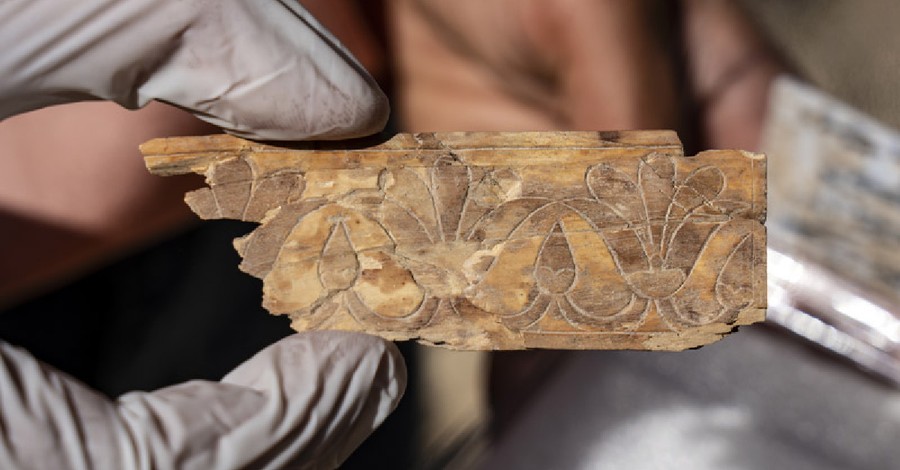
Archaeologists in Israel have unearthed rare ivory plaques dating to the time of King Solomon that would have been used to decorate furniture and are apparently what is referenced in the biblical books of 1 Kings and Amos.
Archaeologists uncovered the ivories among the ruins of a palatial building that likely was burned when the Babylonians destroyed Jerusalem in 586 B.C., according to a news release by the Israel Antiquities Authority. The ivories had been smashed into tiny pieces but were restored in a meticulous process that required “joining and ‘fusing’ hundreds of the fragments,” IAA said.
Incredible: a rare and magnificent collection of decorated ivory from the First Temple Period was recently discovered in Jerusalem during an archeological dig.
— Israel ישראל (@Israel) September 6, 2022
Jerusalem: the capital of the Jewish people since 1,000 BCE.
📸 @cityofdavid pic.twitter.com/aifSRl0row
They date to the First Temple period, a time that stretches from the construction of the temple under Solomon to its destruction.
Archaeologists believe they would have been used during the seventh and eighth centuries B.C., an era that includes Solomon’s reign. Jerusalem would have been “at the height of its power,” IAA said.
The plaques would have been inlaid in wooden furnishings.
It is the first time decorative ivories have been found in Jerusalem, according to the Israel Antiquities Authority, which called it an “extraordinary discovery.”
Ivory is mentioned in 1 Kings 10:18, which says of Solomon: “Then the king made a great throne covered with ivory and overlaid with fine gold.” The prophet Amos also referenced ivory: “You lie on beds adorned with ivory and lounge on your couches” (Amos 6:4).
Ivory was worth more than gold in the ancient world.
“The assemblage of ivory discovered in the City of David was probably imported, and originally made by artisans from Assyria,” said excavation directors Yuval Gadot of Tel Aviv University’s Department of Archaeology and Near Eastern Cultures and Yiftah Shalev of the Israel Antiquities Authority.
“The ivories may have come to Jerusalem as a gift from Assyria to Jerusalem’s nobility,” Gadot and Shalev added. “Following a comparison with complete objects that appear on wall plaques from the palace of the Assyrian King Sennacherib at Nineveh, we suggest that the ivory plaques from Jerusalem were originally inlaid in a couch-throne, and we may imagine that it had been situated on the second floor of the opulent structure.”
Eli Eskozido, director of the Israel Antiquities Authority, said the excavations in Jerusalem “never stop surprising us.”
“These discoveries breathe life into the ancient stones,” Eskozido said. “The realization that the material culture of the social elites in Jerusalem in the First Temple period did not fall short of – and perhaps even exceeded – that of the other ruling centers in the Ancient Near East, demonstrates the status and importance of Jerusalem at that time.”
Photo courtesy: ©Gil Mezuman/City of David, used with permission.
Michael Foust has covered the intersection of faith and news for 20 years. His stories have appeared in Baptist Press, Christianity Today, The Christian Post, the Leaf-Chronicle, the Toronto Star and the Knoxville News-Sentinel.










